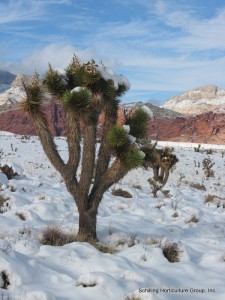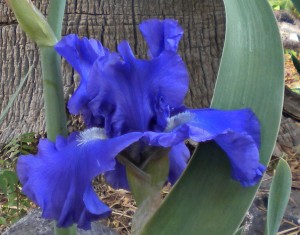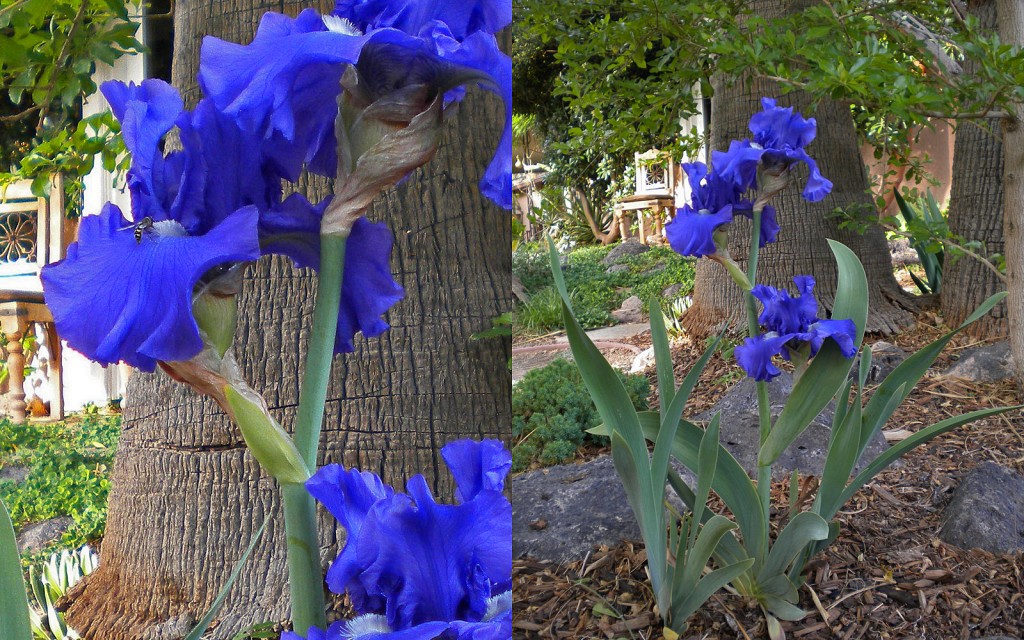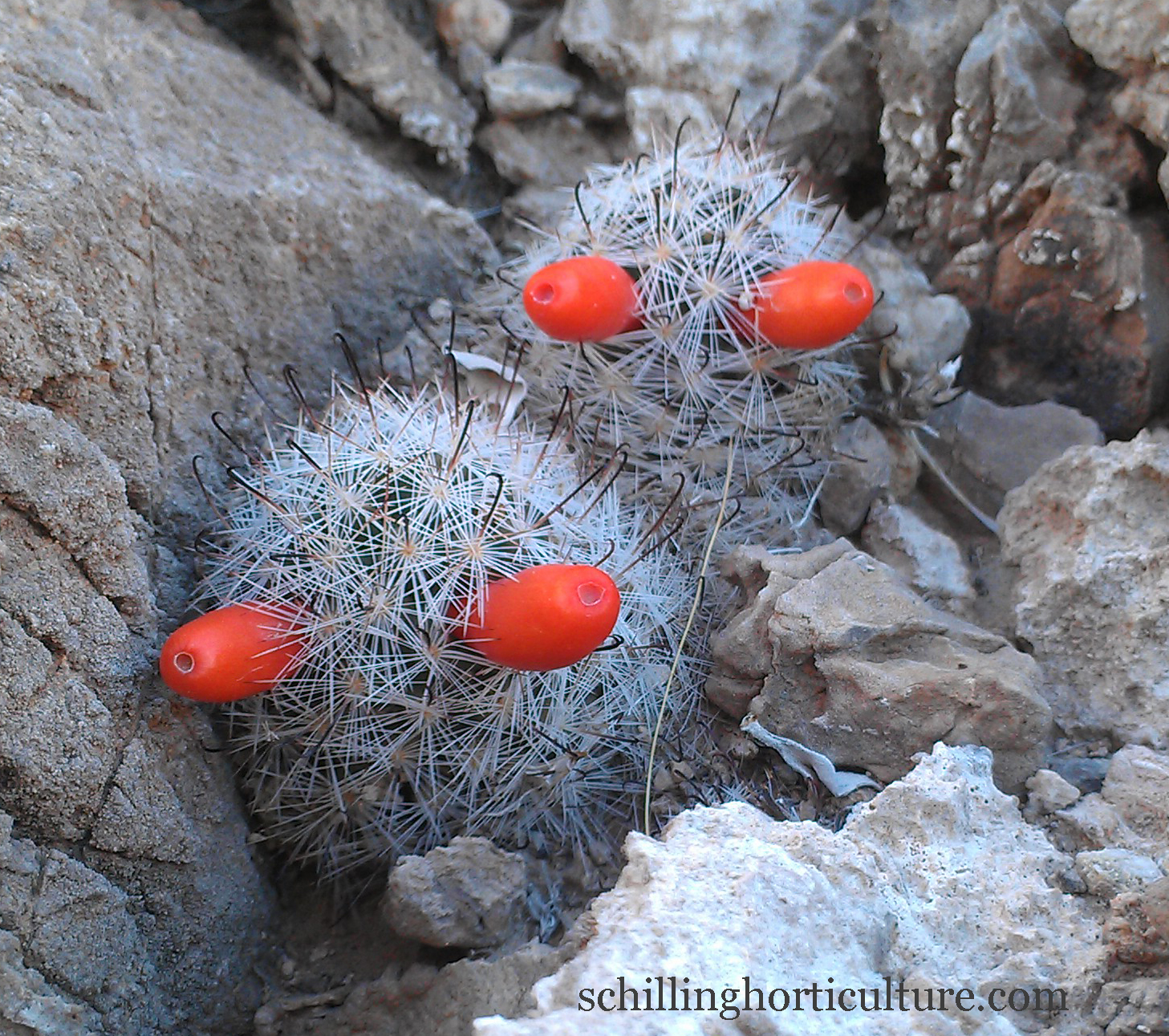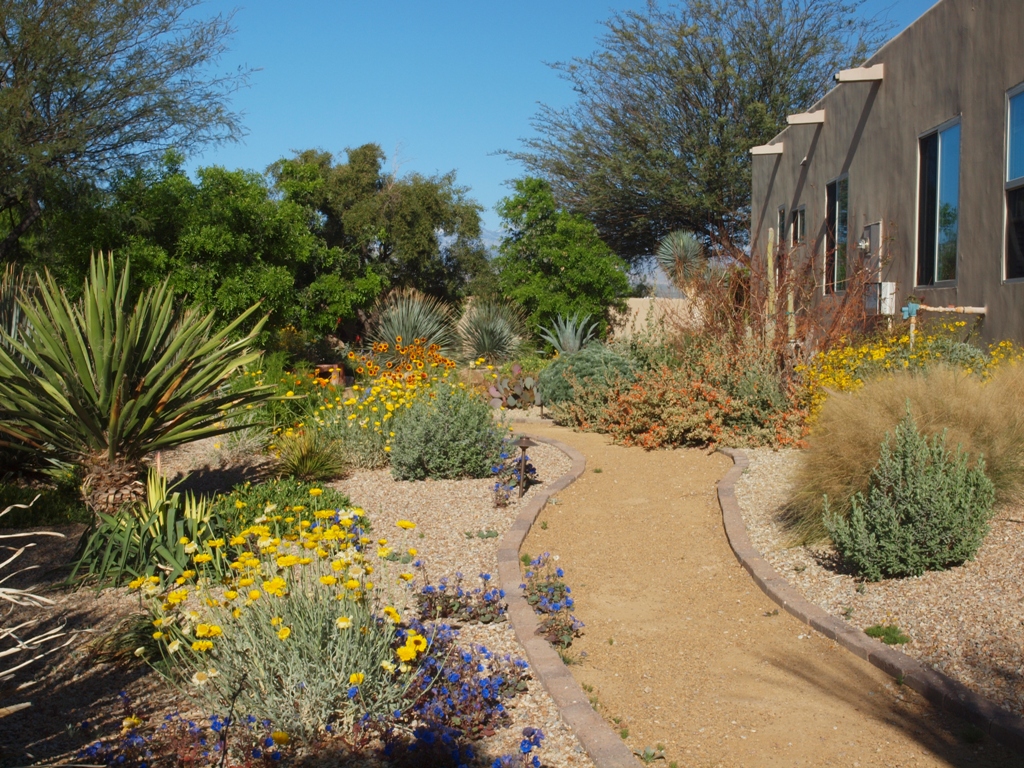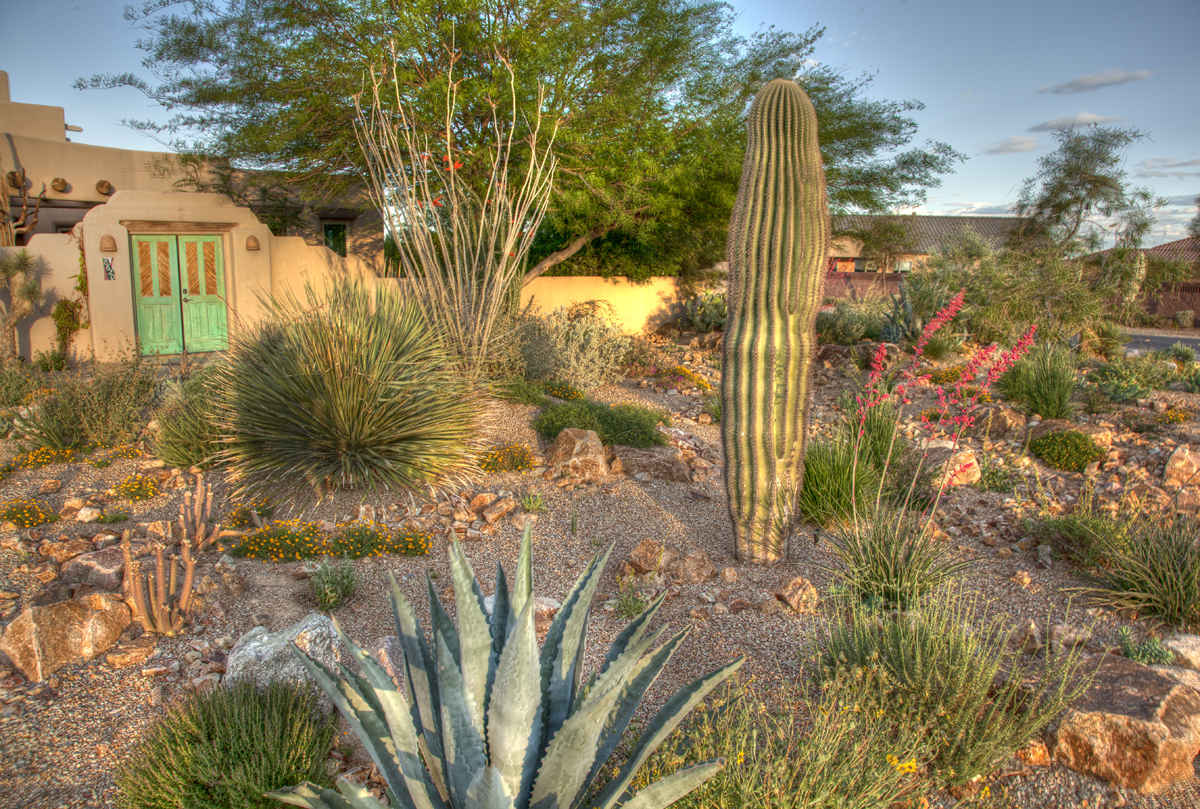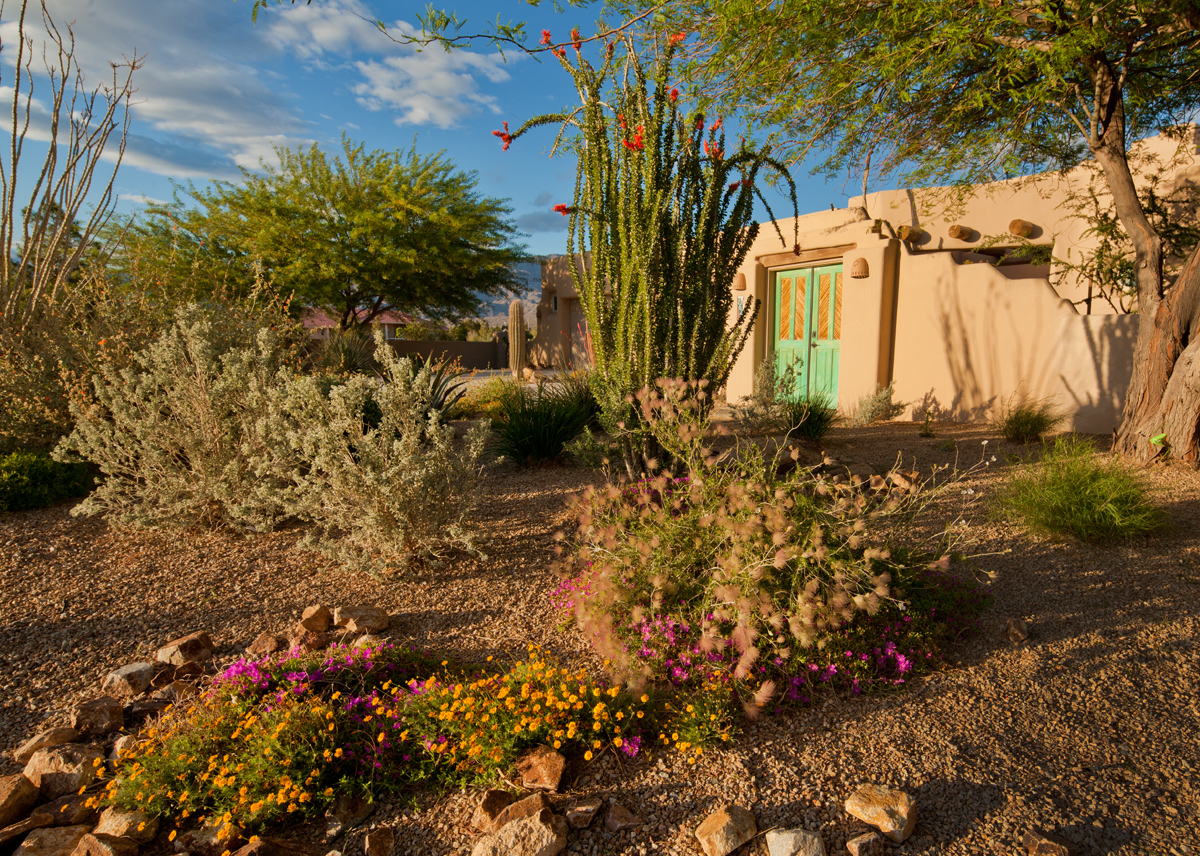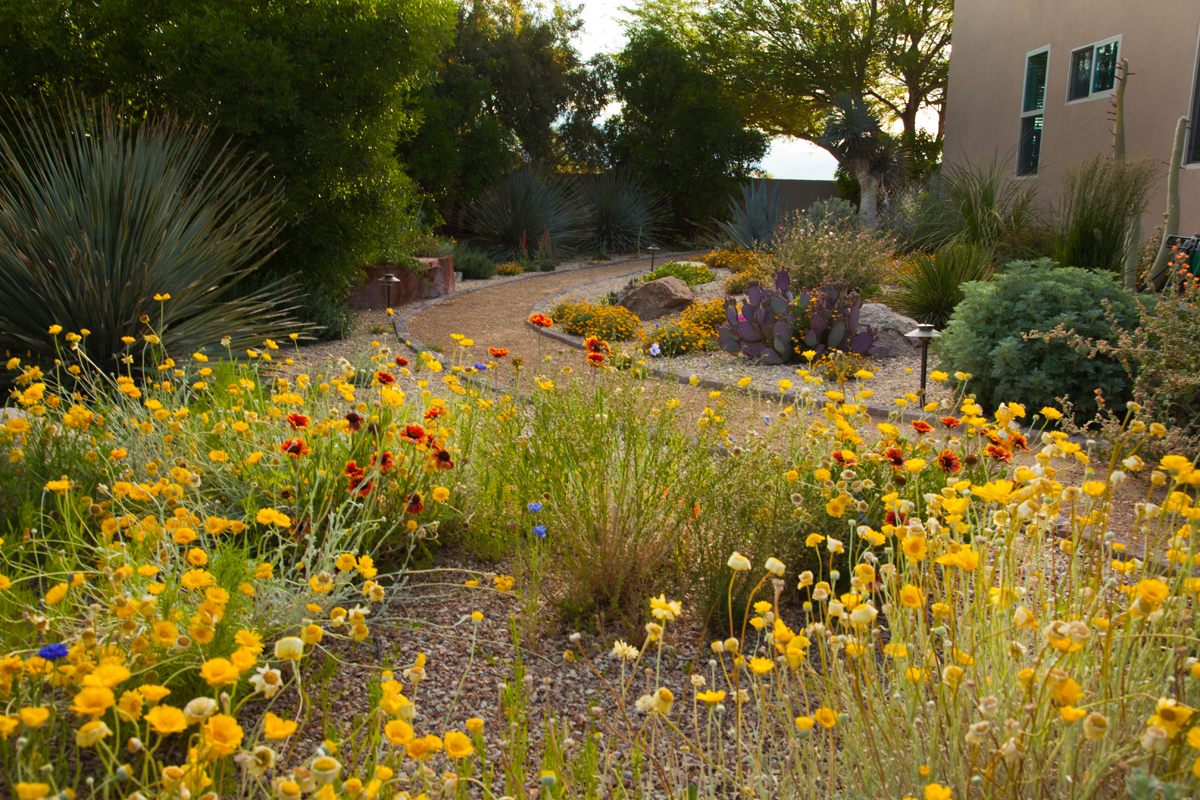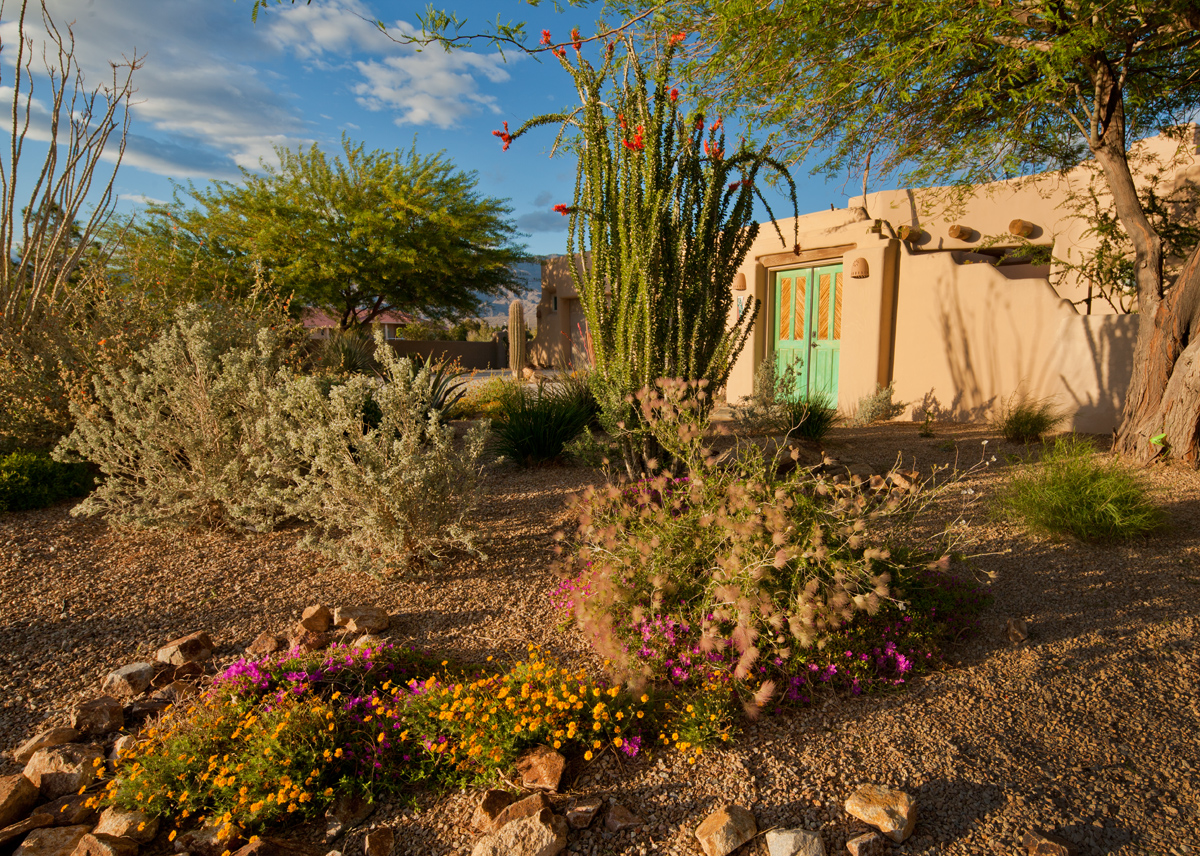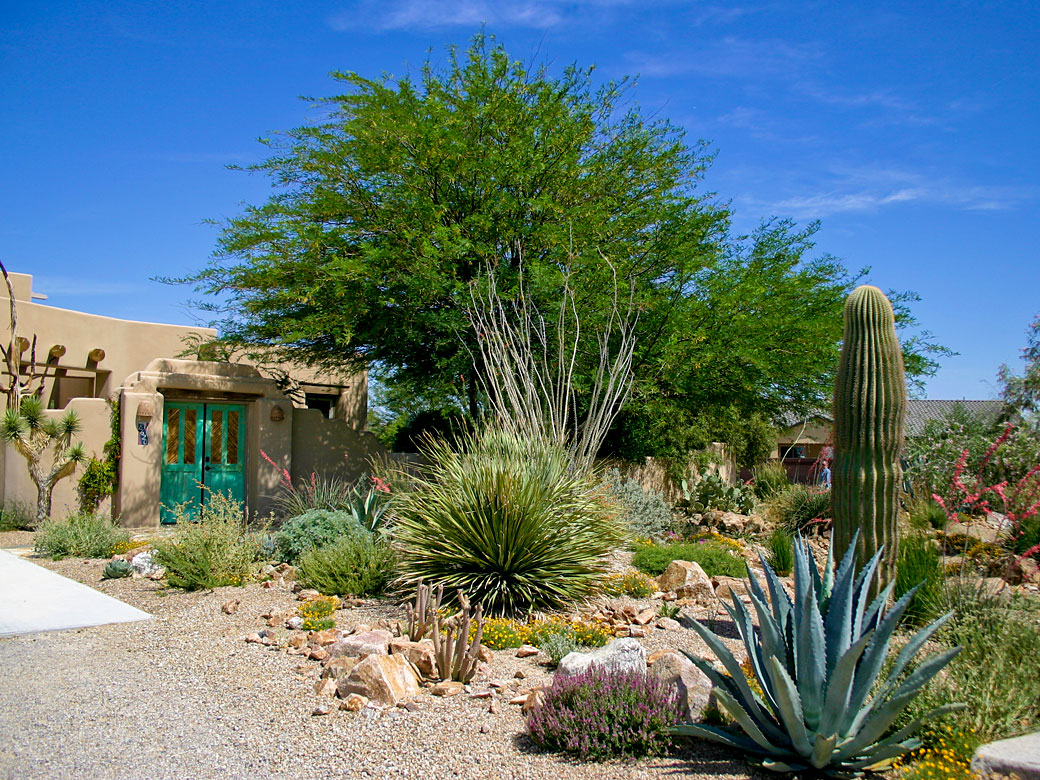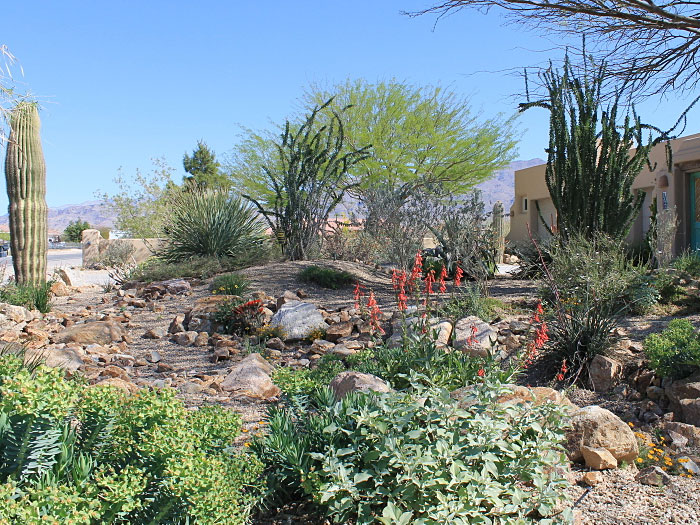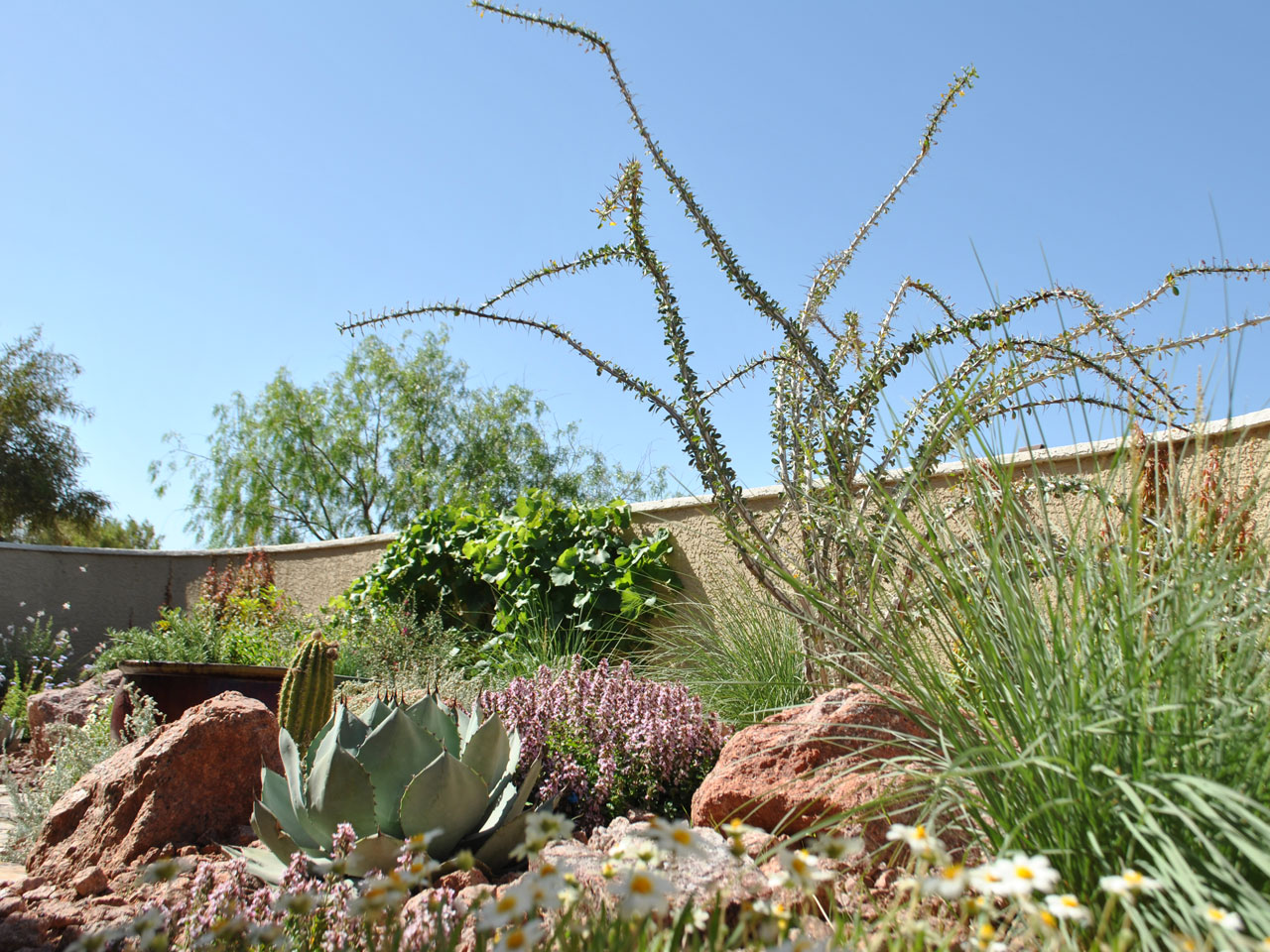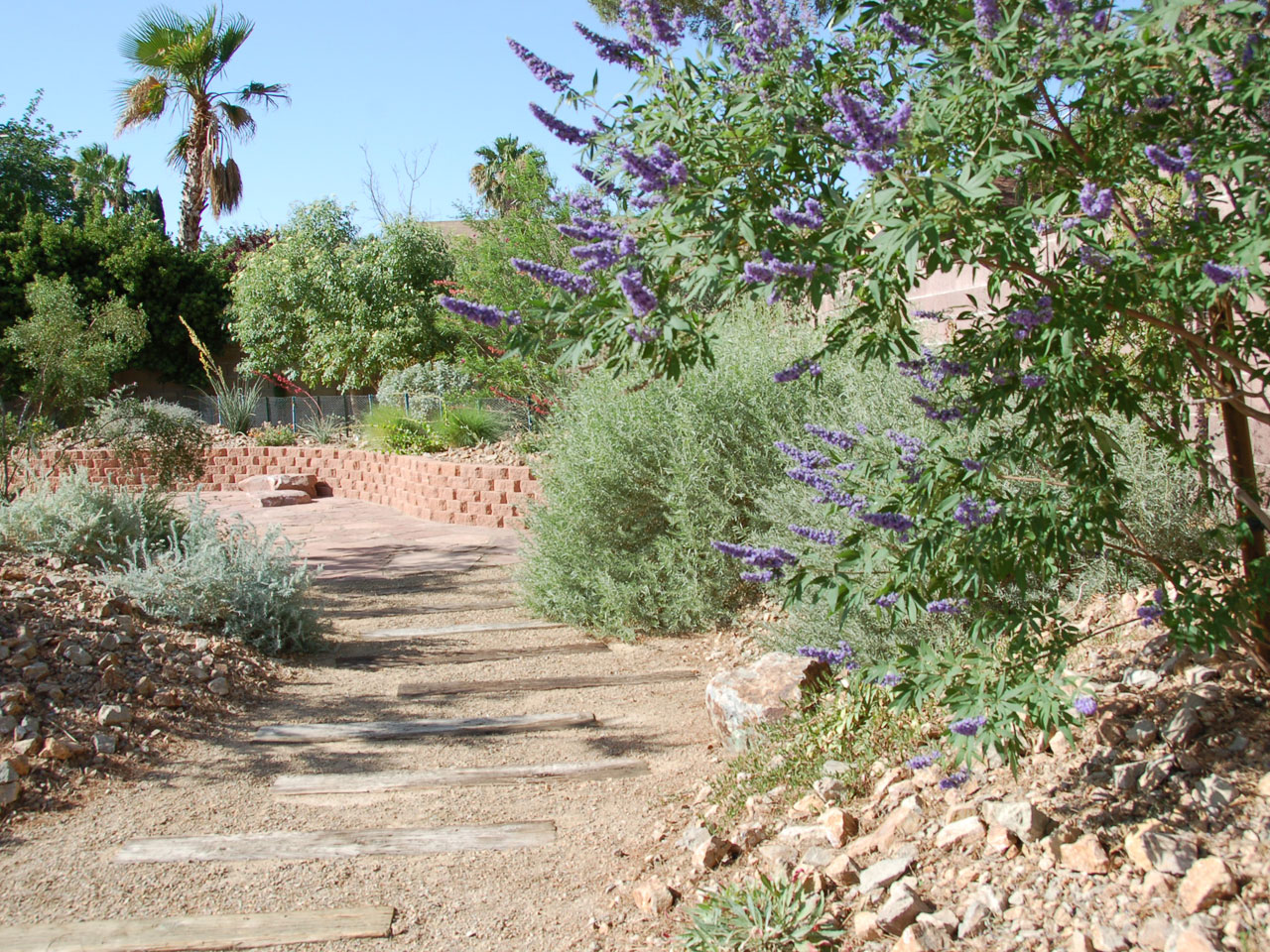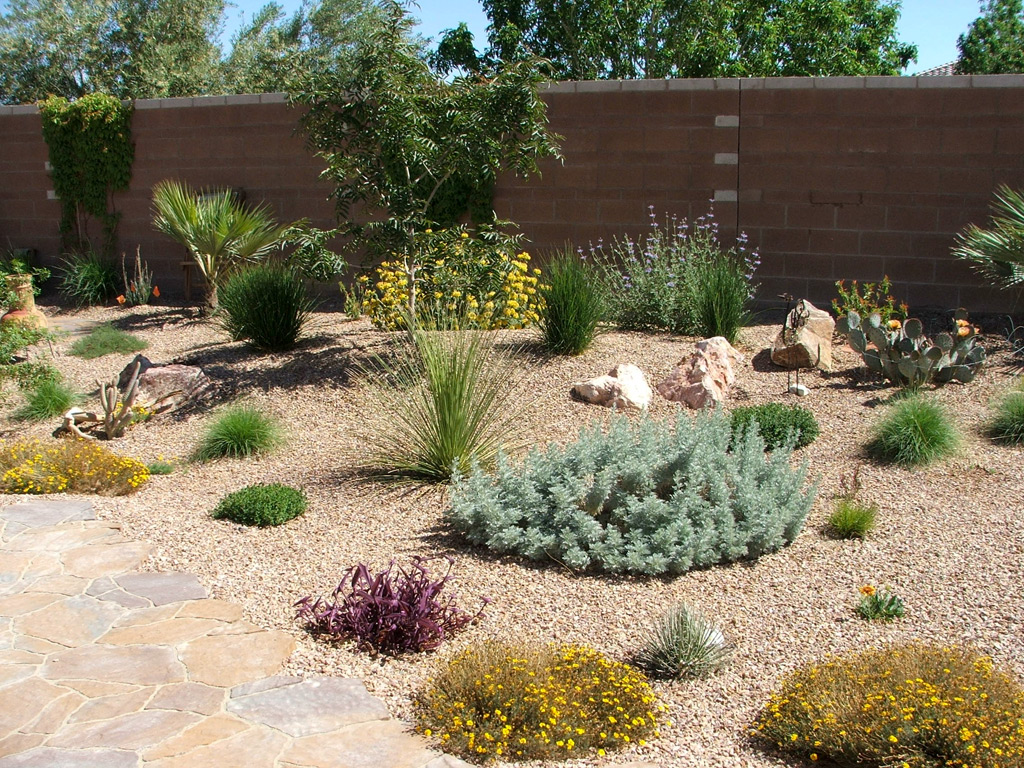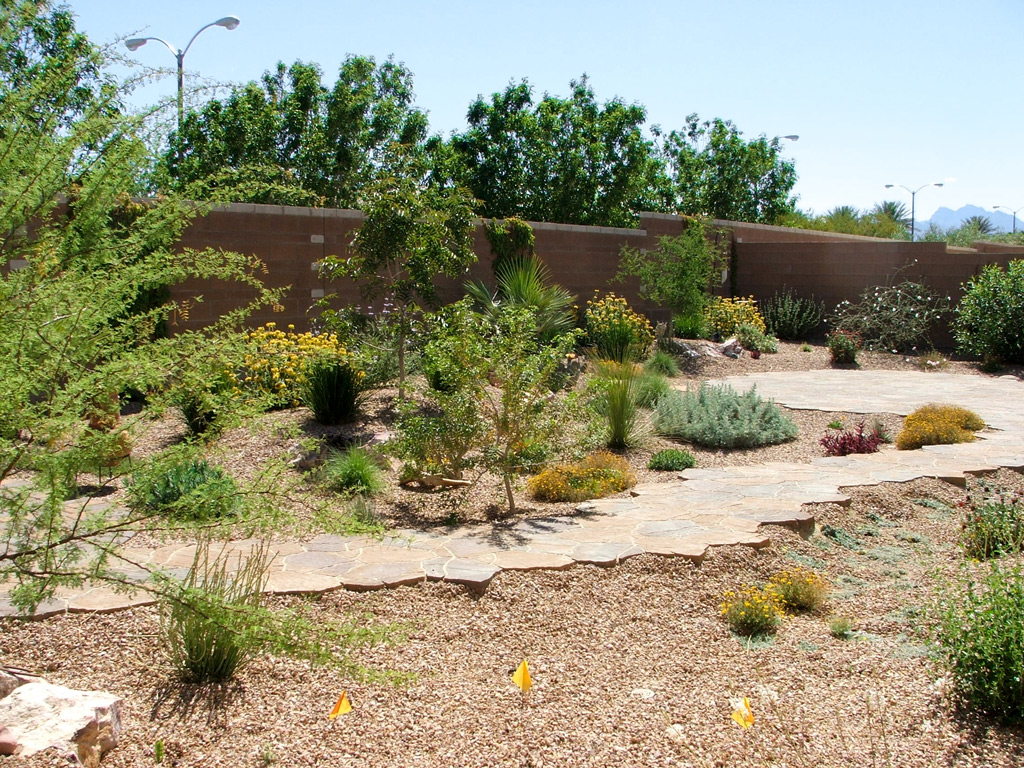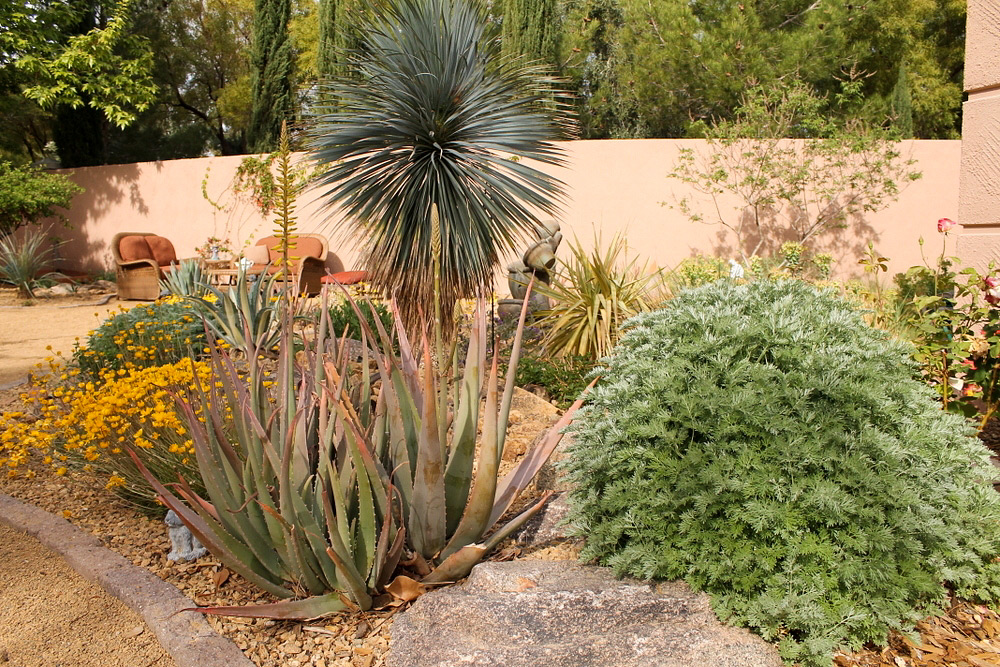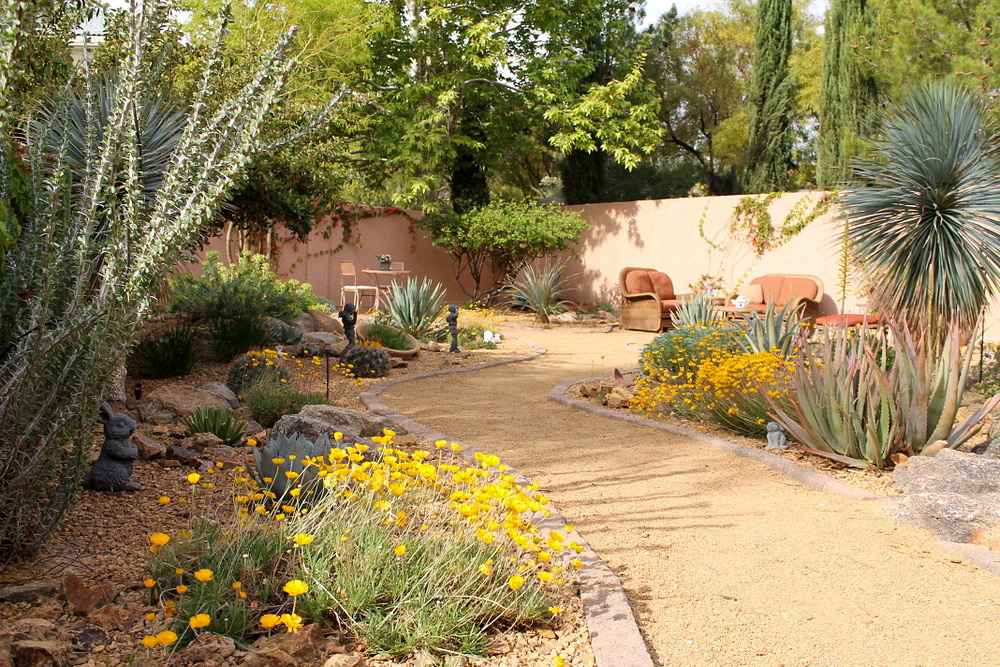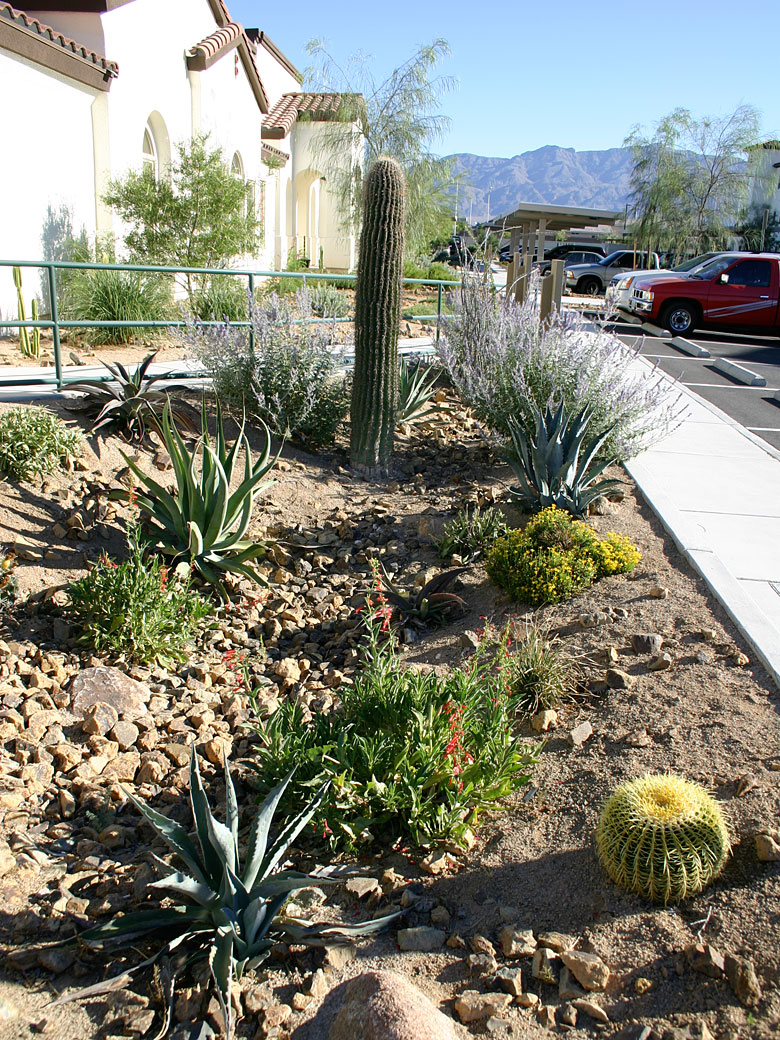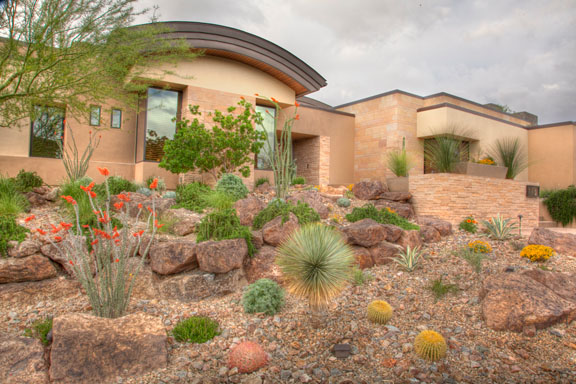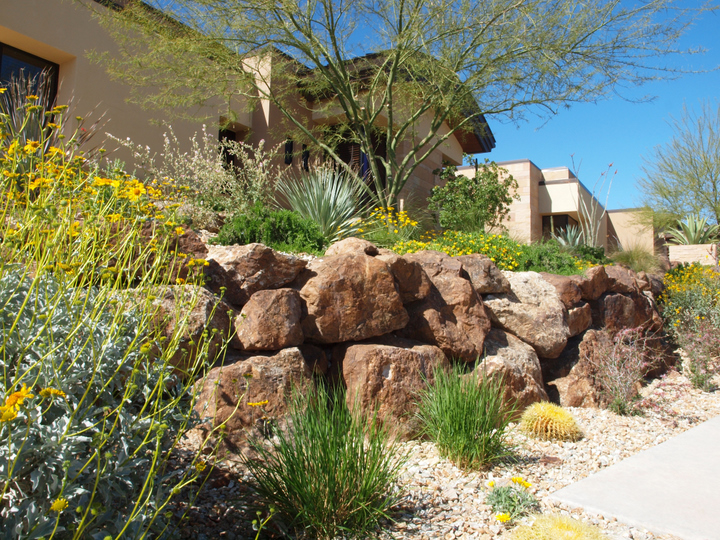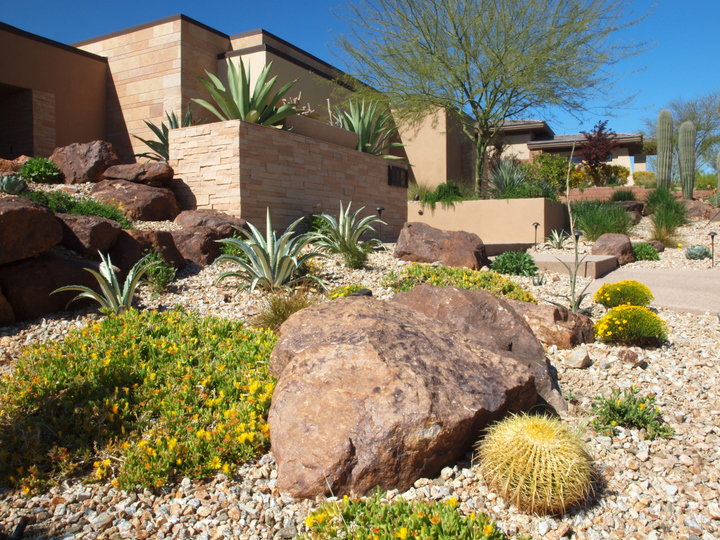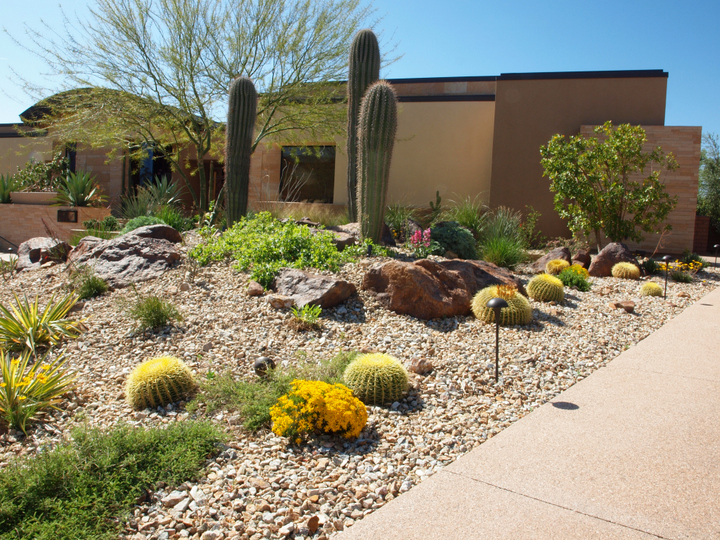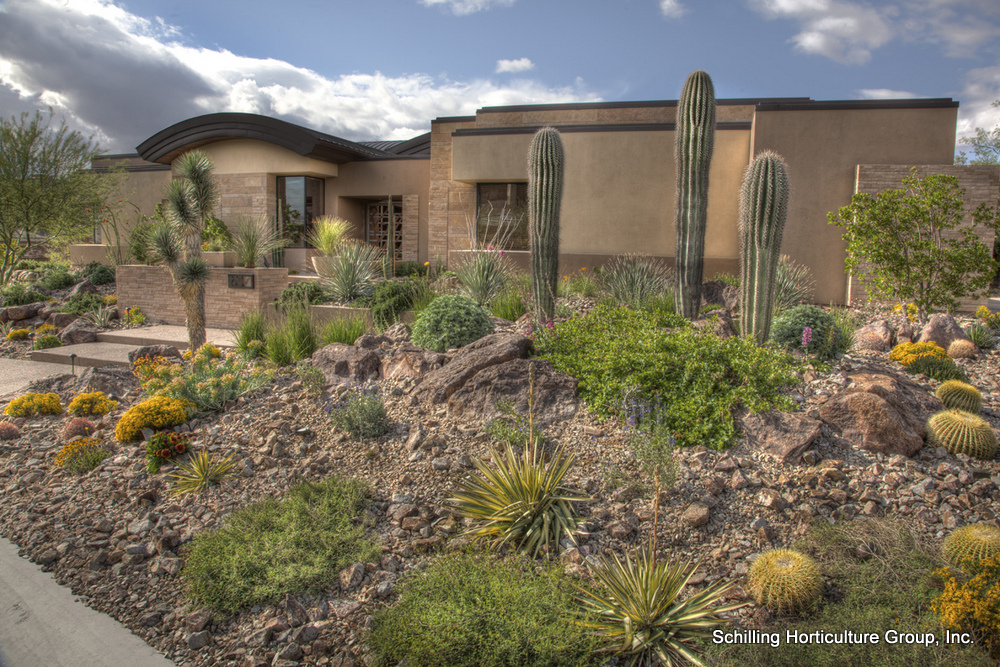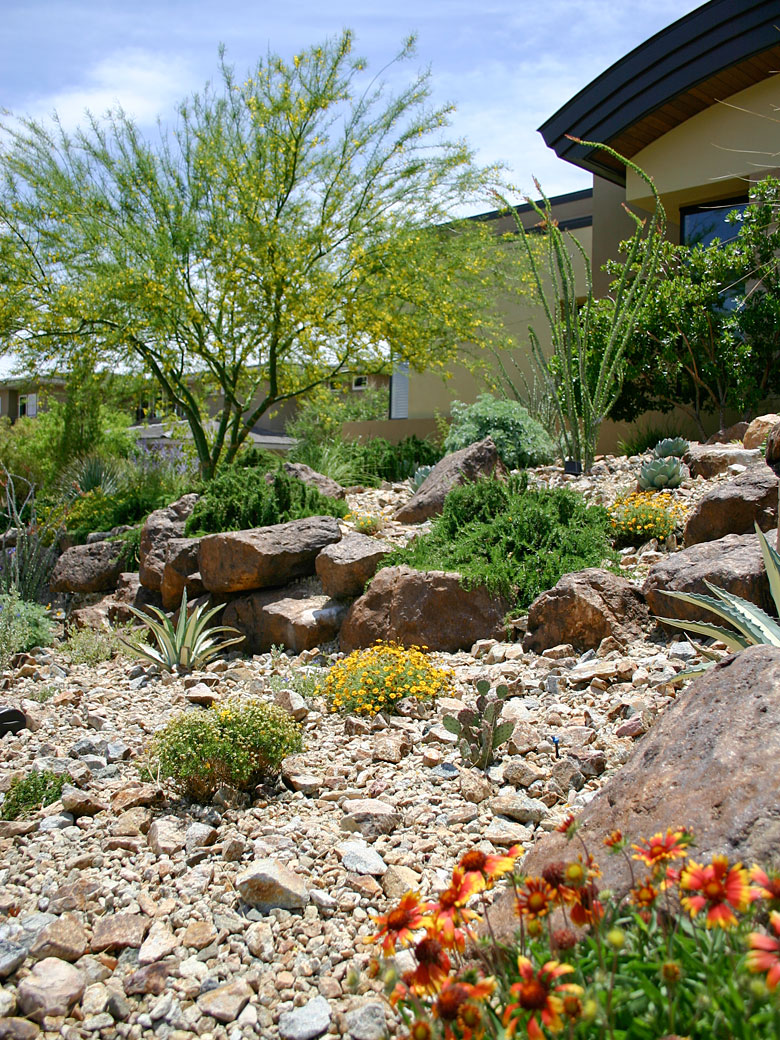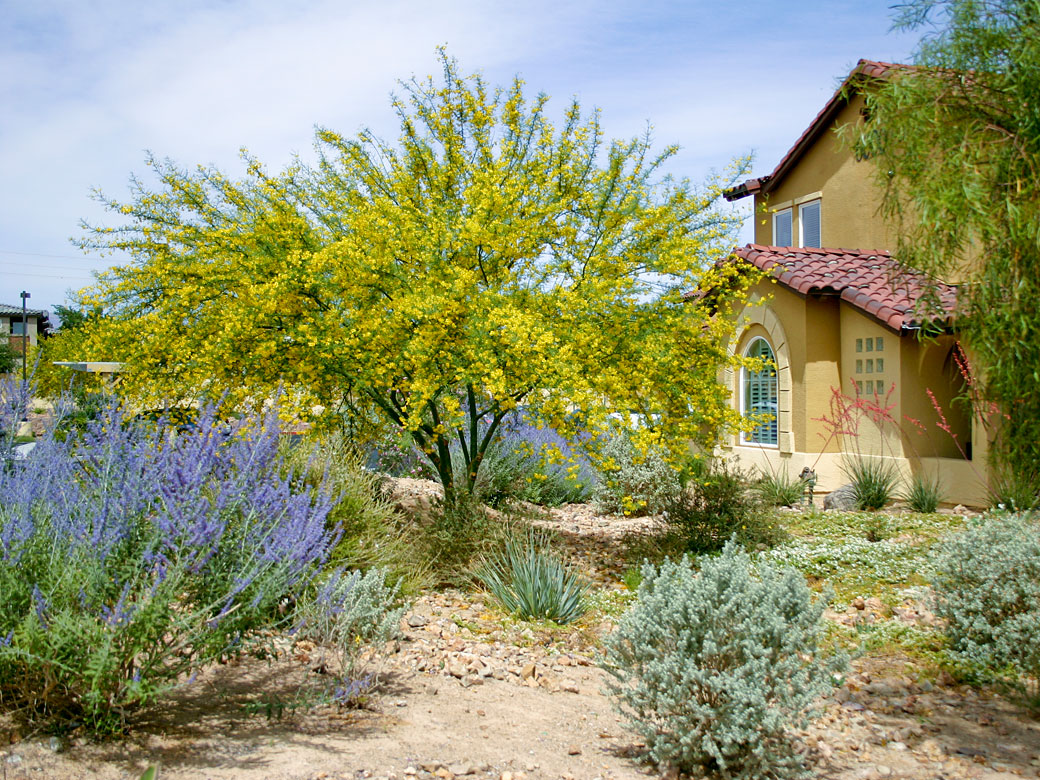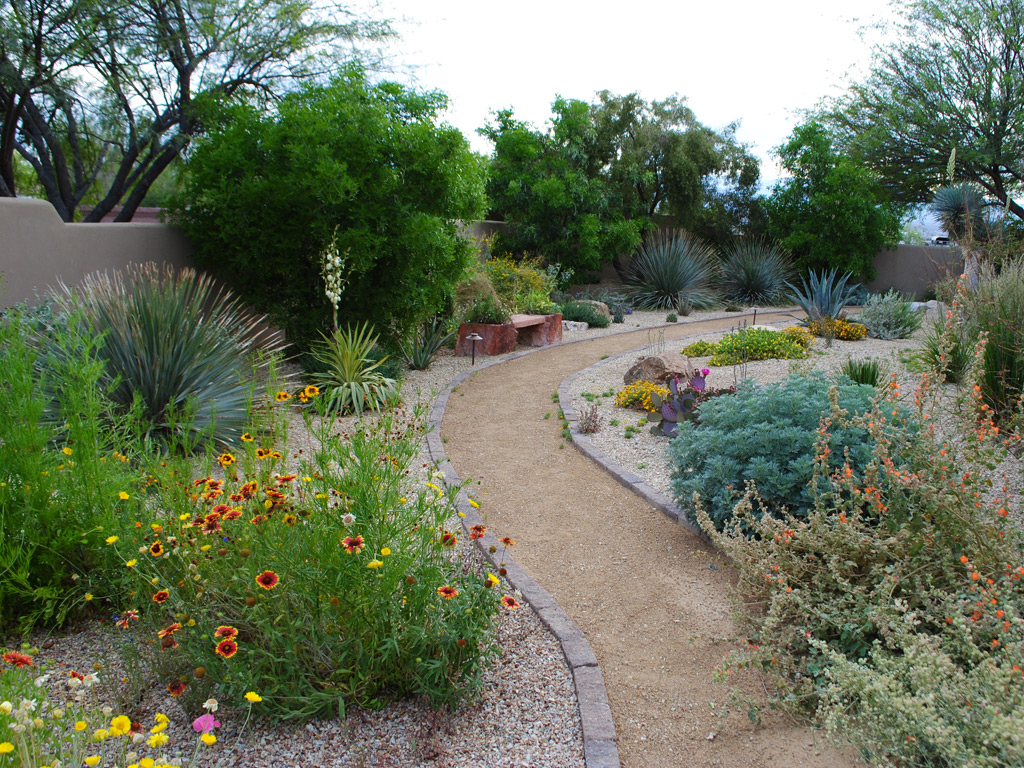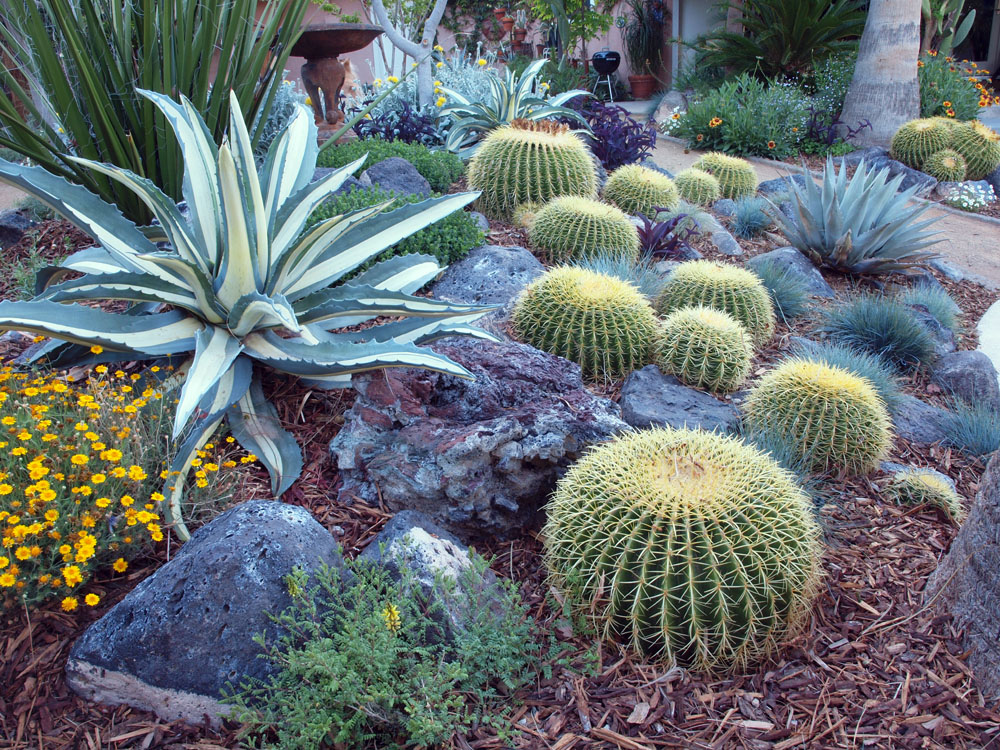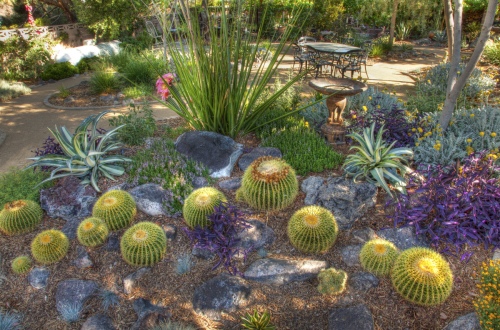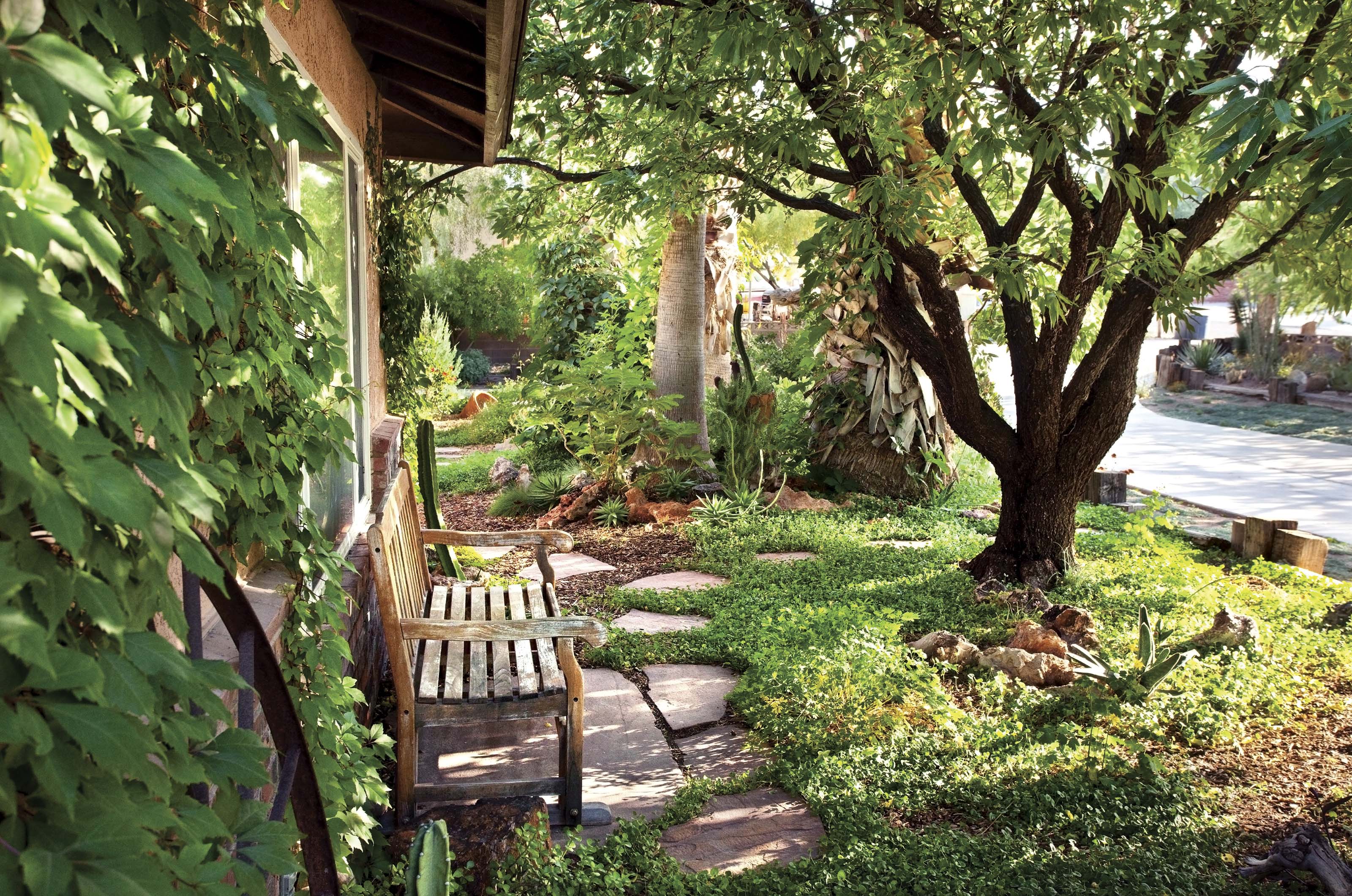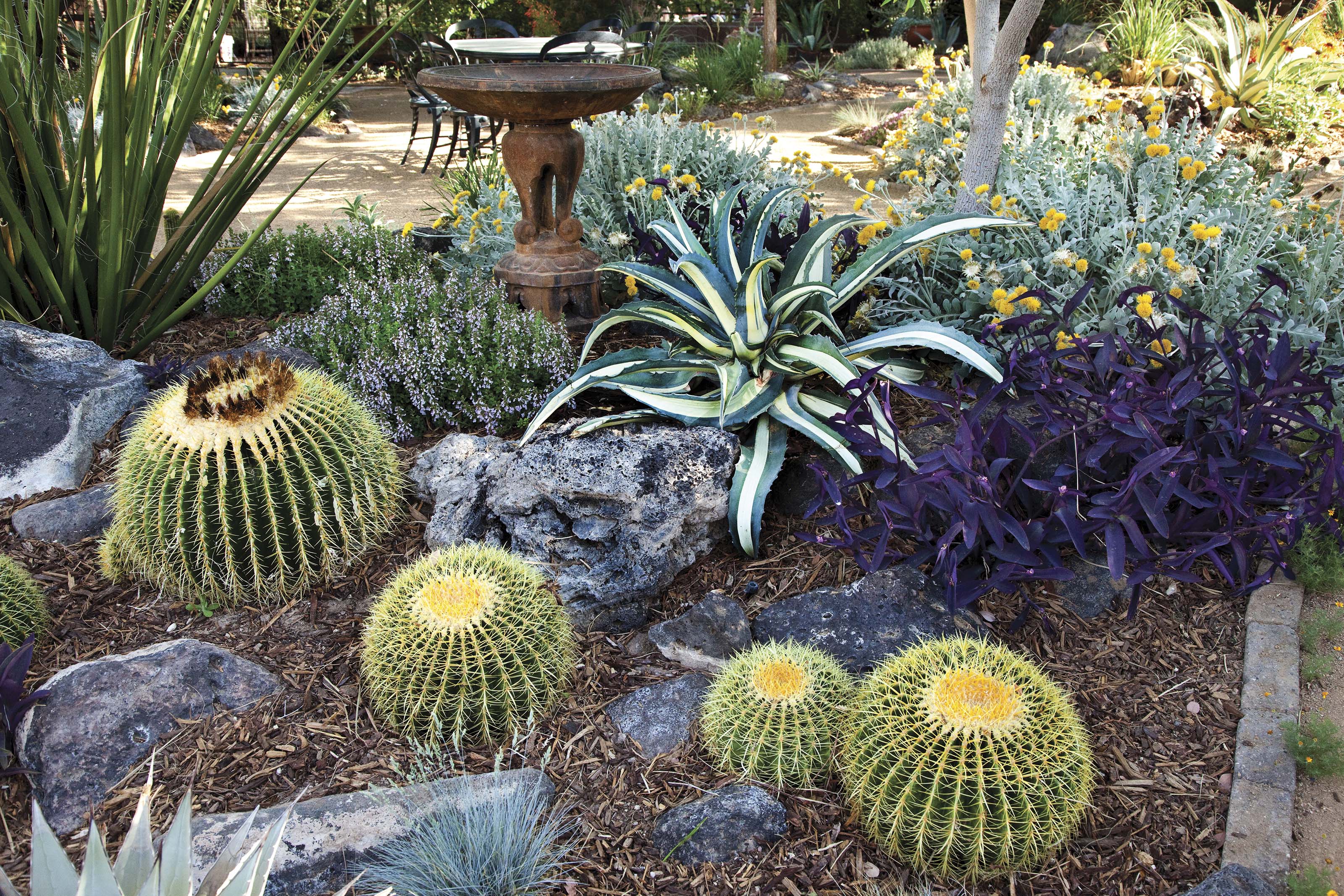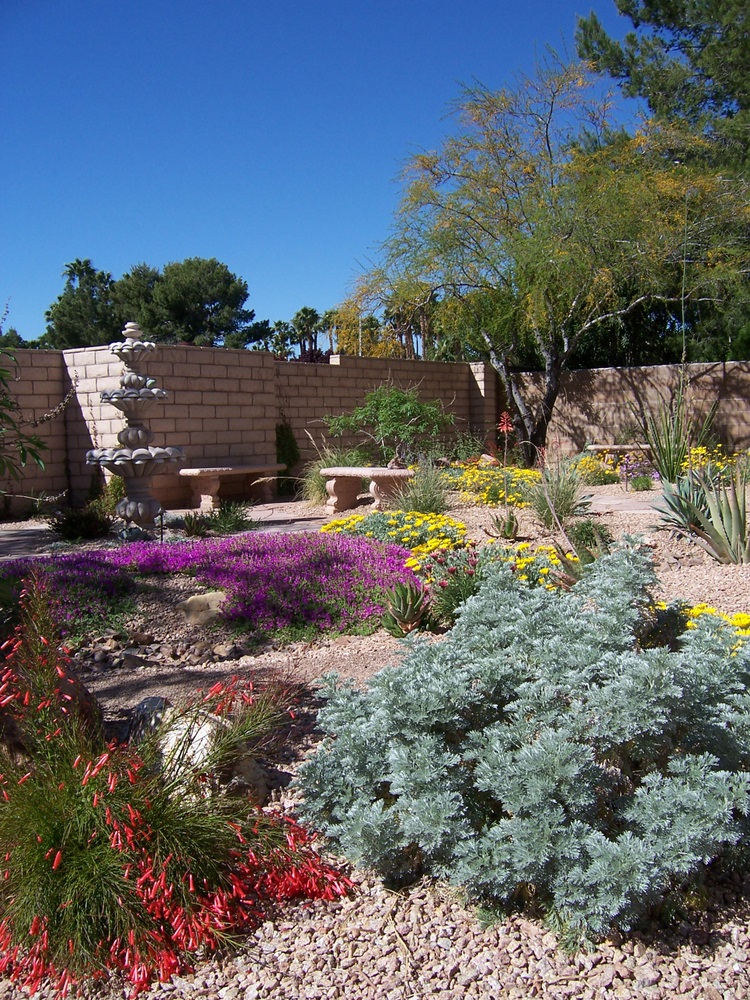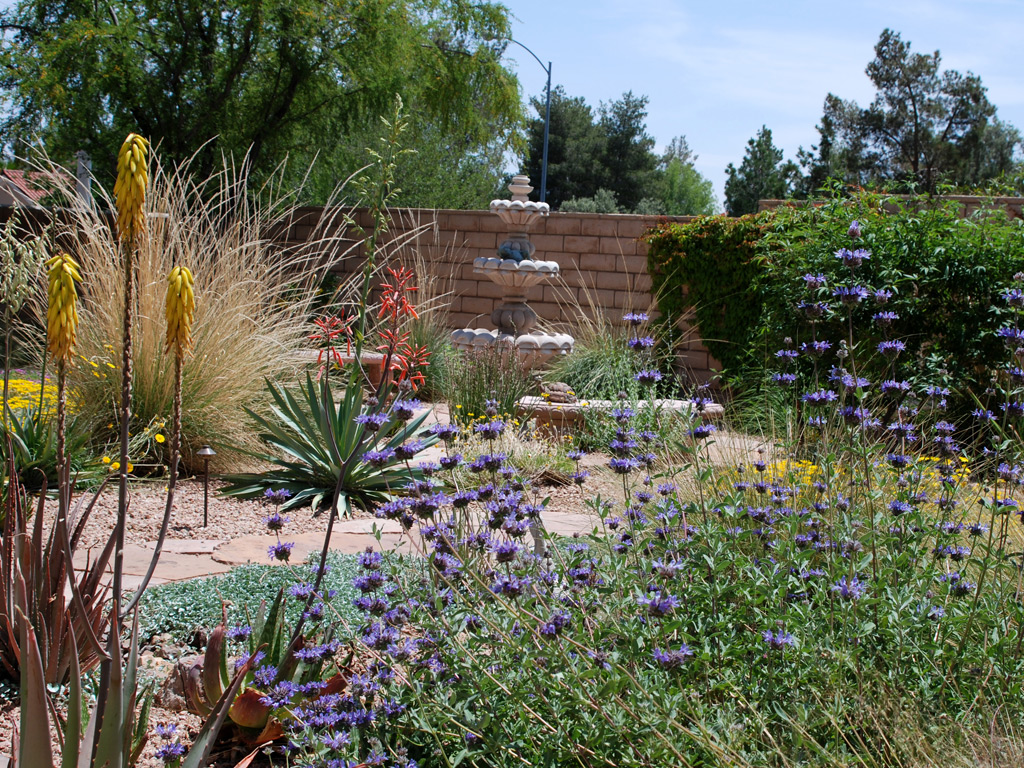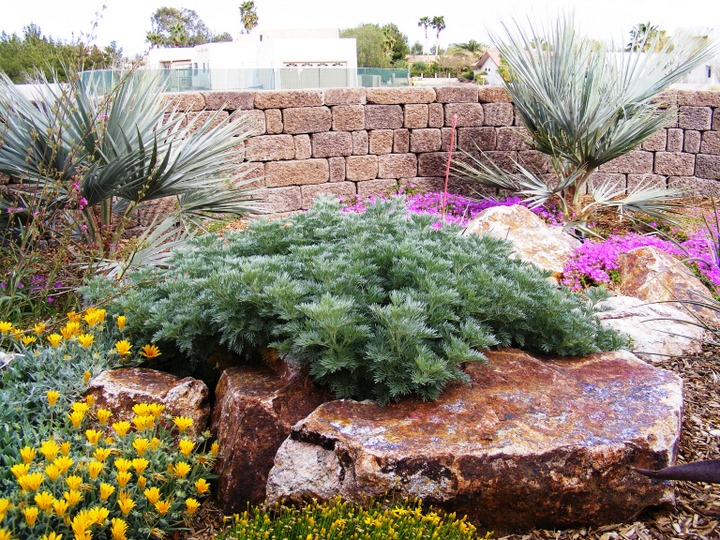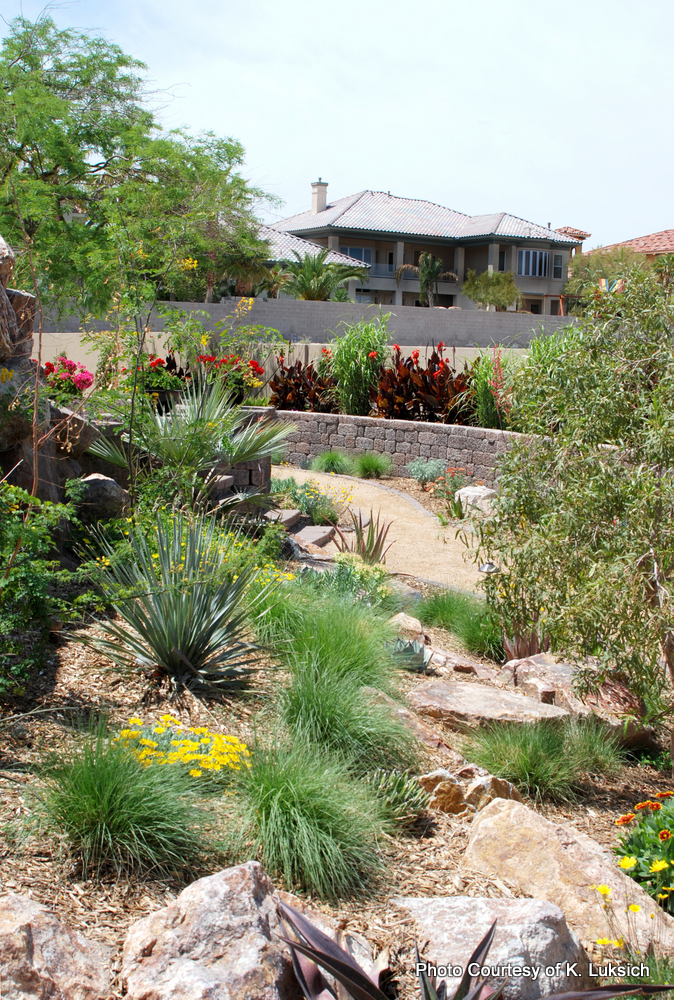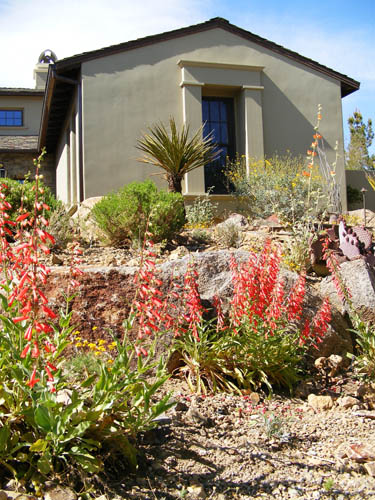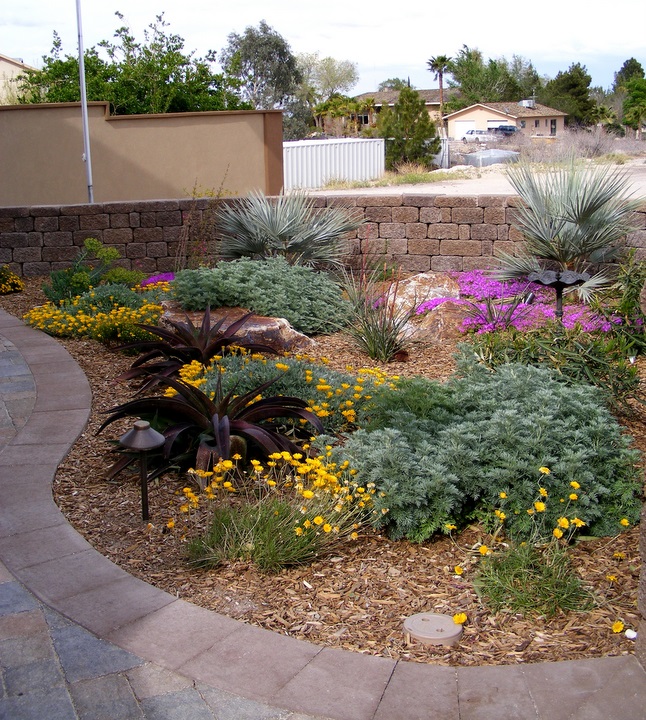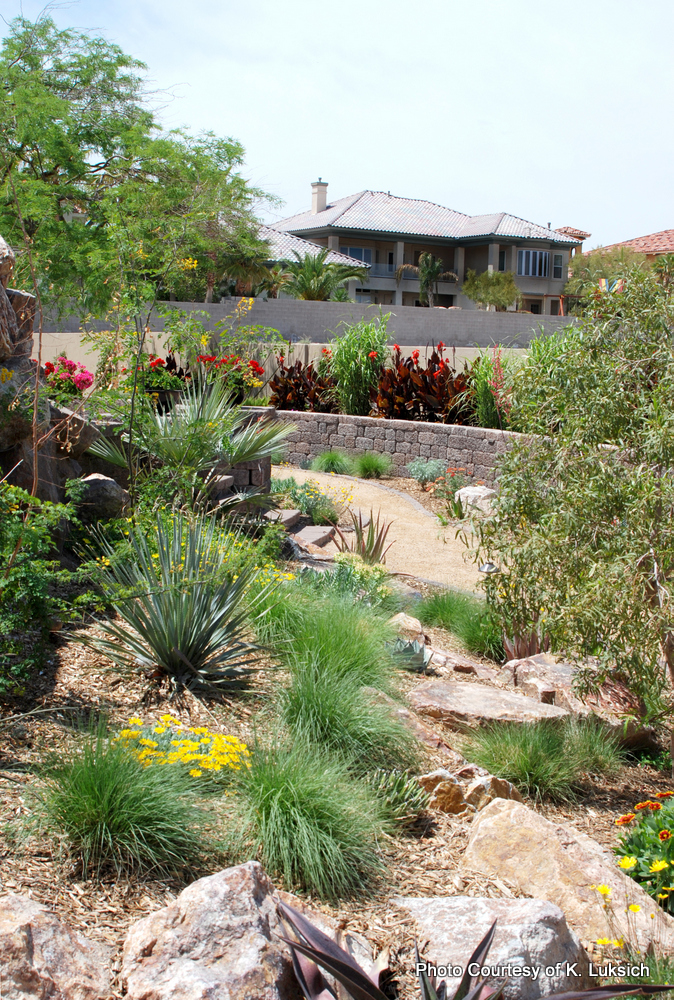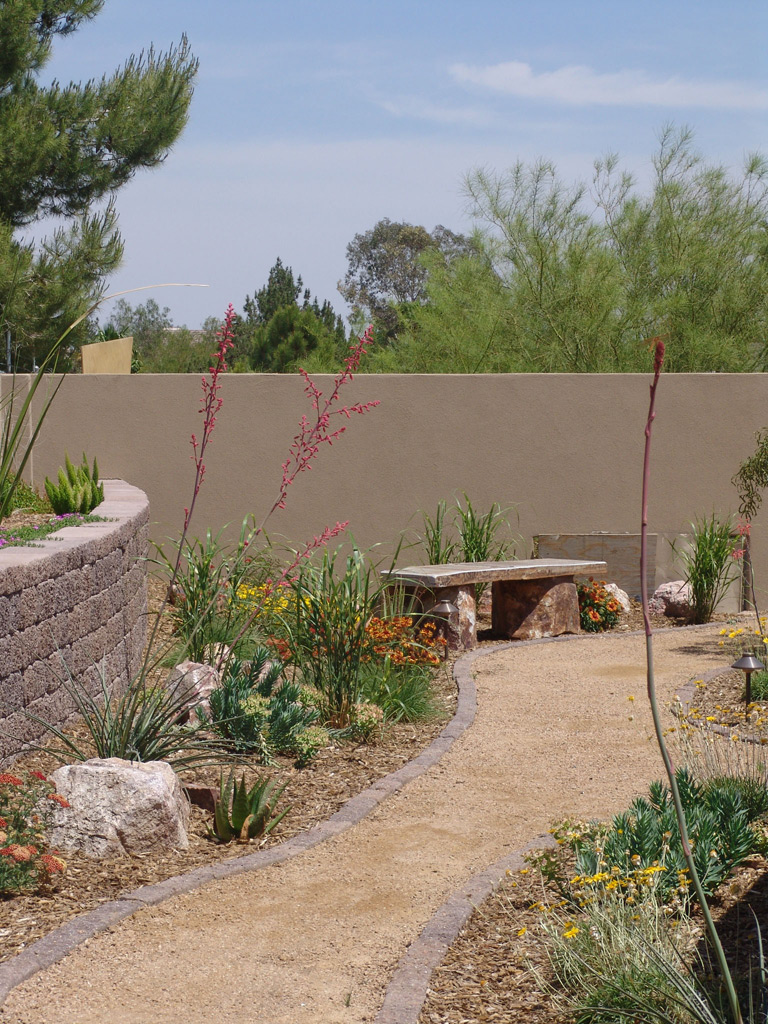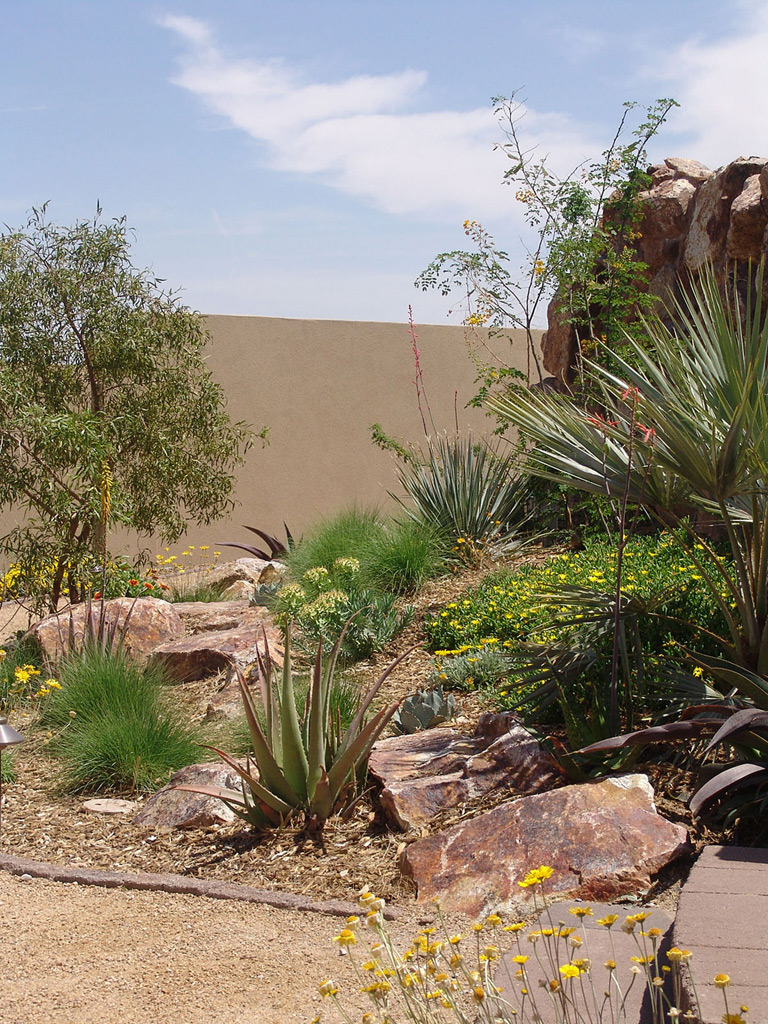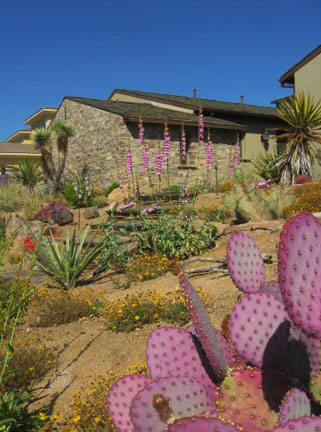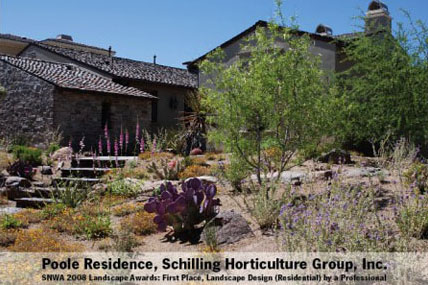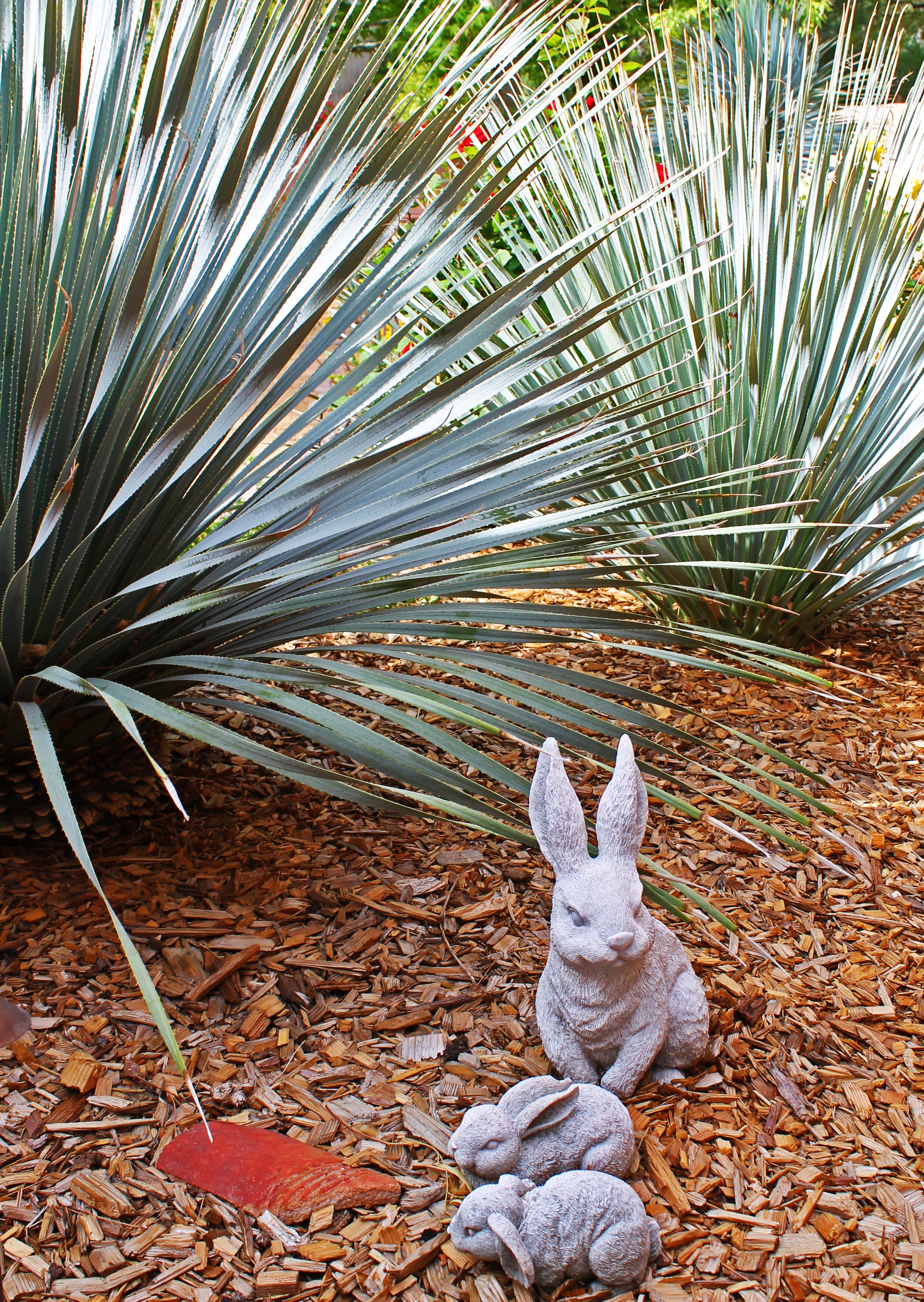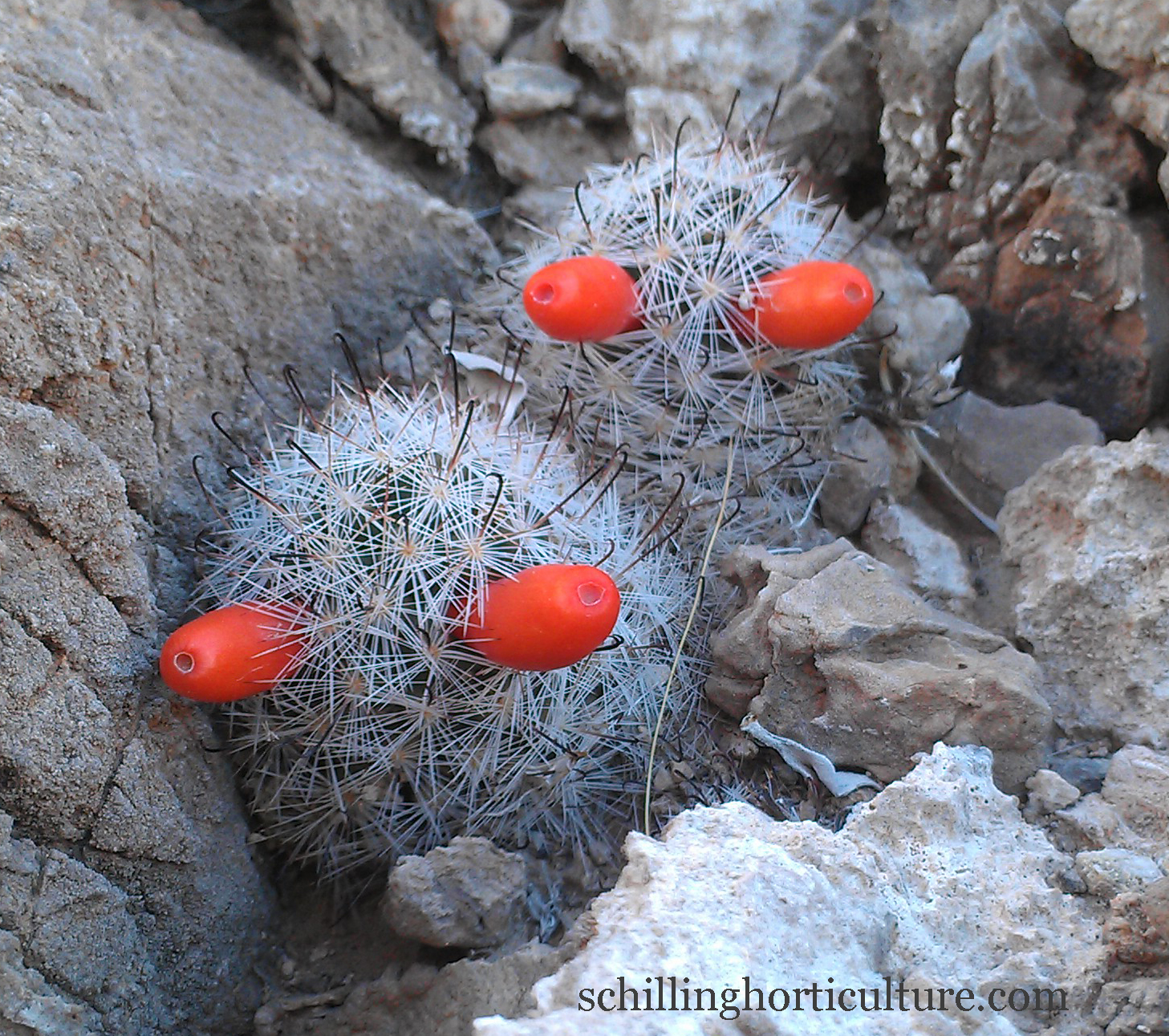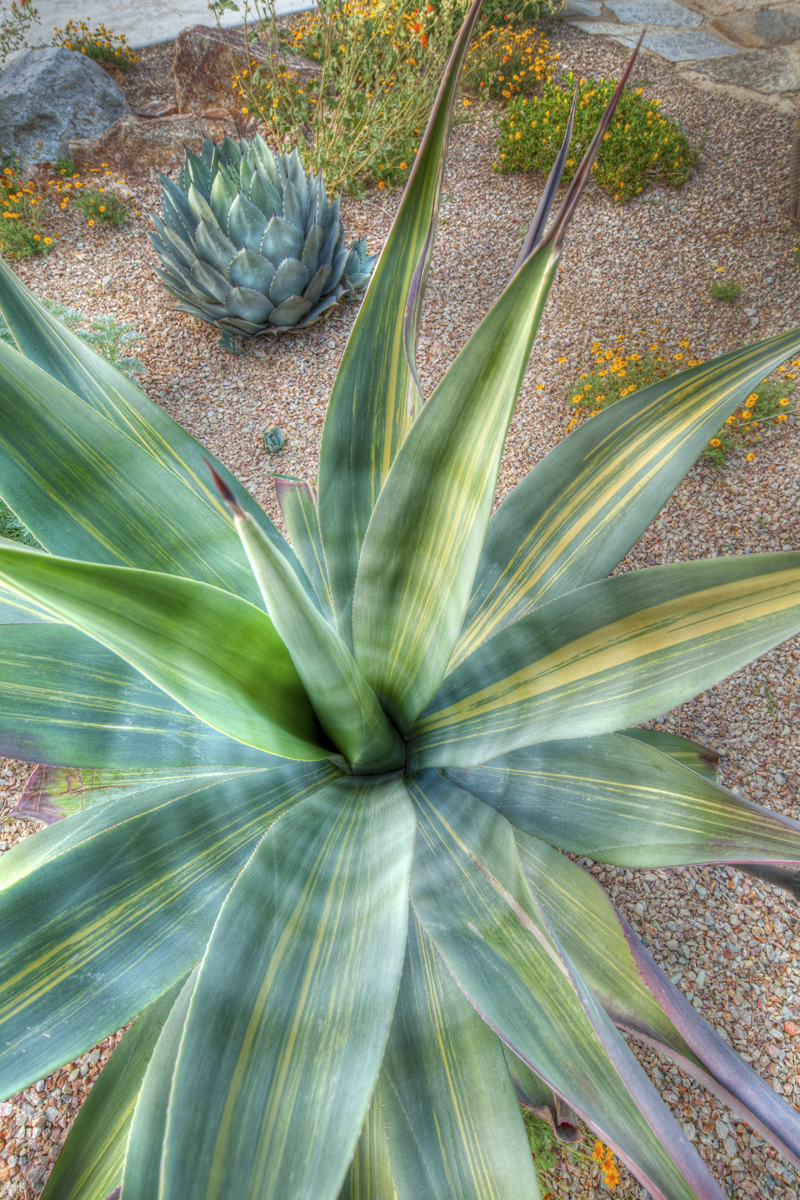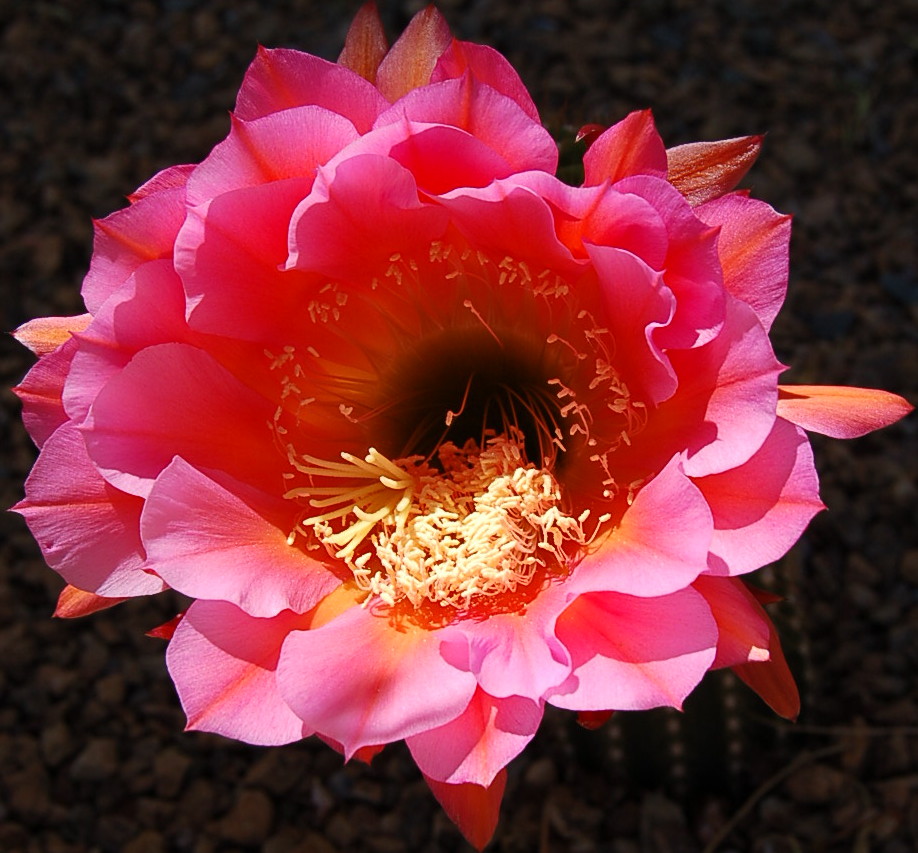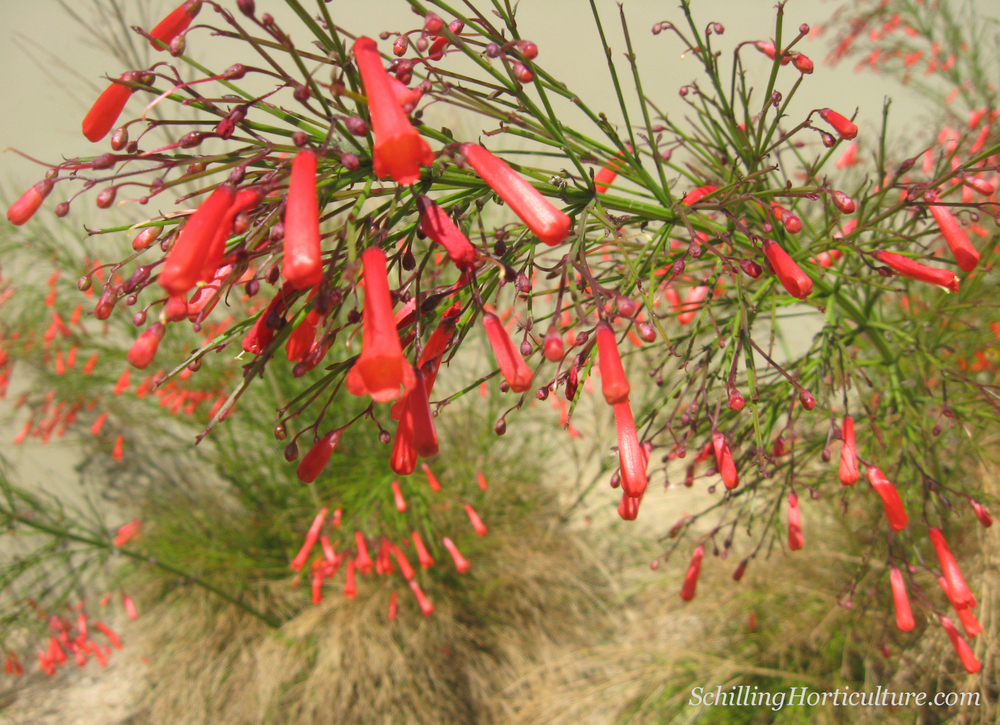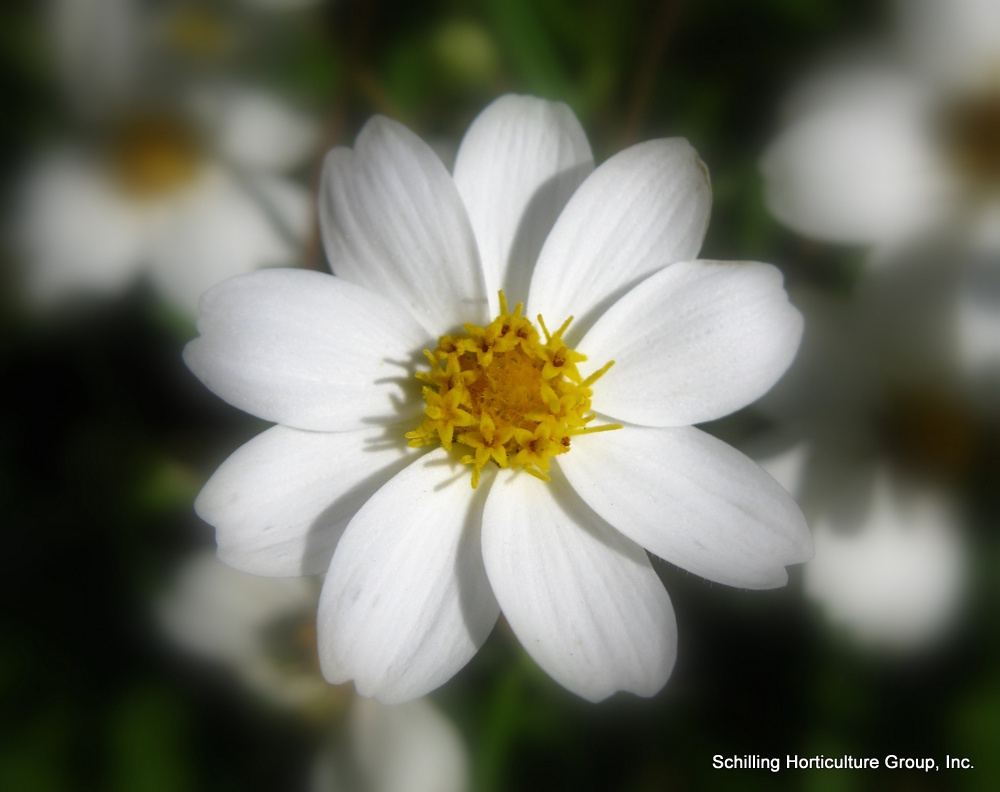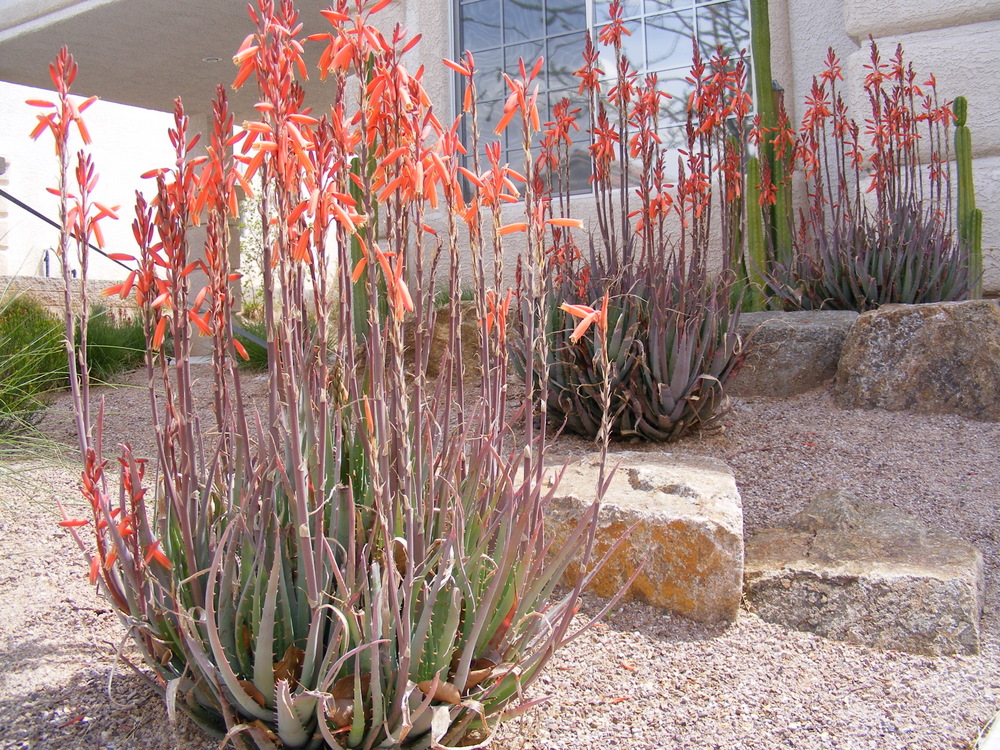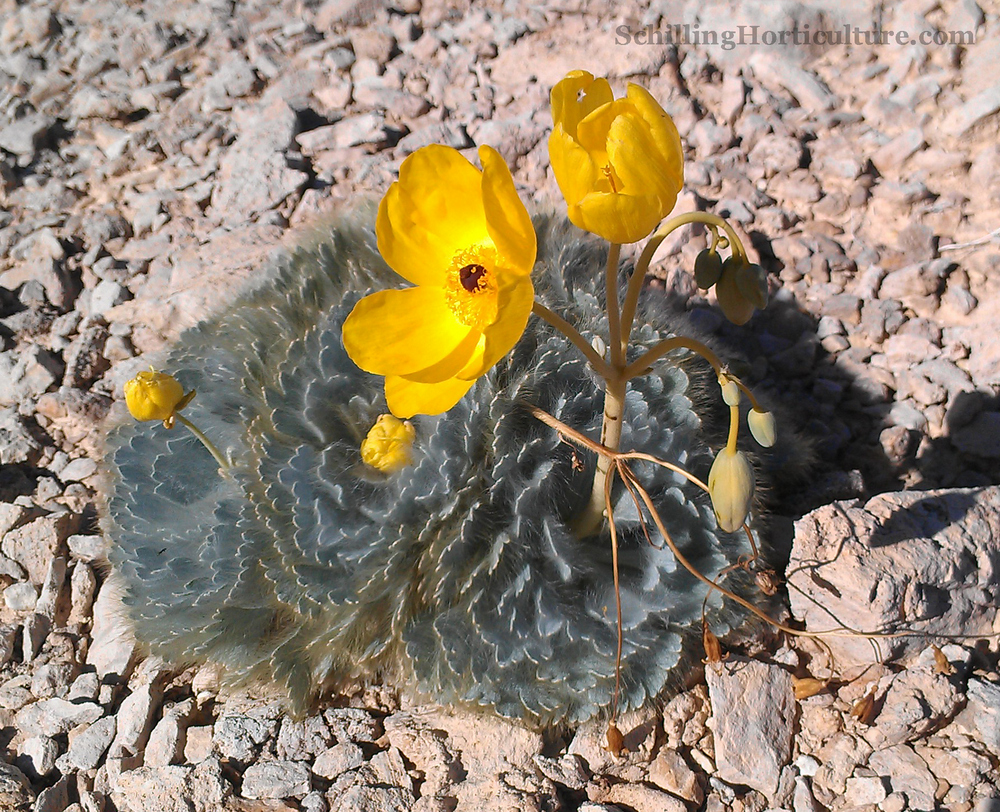With the threat of cold this coming weekend, some plants could be damaged…you may want to protect them. This can be achieved in several different ways.
- Pile wood chip mulch over a plant. This can be held in place by a nursery planting container that has had the bottom cut off, thus creating a tube. Other materials can be used in place of wood chips.
- Use a thermal blanket or sheet to cover plants. These can be purchased relatively cheaply at nurseries and hardware stores. Pin to the ground using large rocks, or better yet, use landscape fabric pins.
- Use old-style incandescent-bulb Christmas lights. This is especially useful on trees. They radiate some heat, usually enough to make a significant difference in reducing damage and increasing survivability.
Both the wood chips and thermal blankets work by keeping “heat” from the ground on the plants…our soils never freeze, so keeping that warmer air around the plant can make a huge difference. This is one of the benefits of leaving leaf “litter” (think of it as “leaf mulch”) at the base of plants like Lantana or Aloe.
Cold spells where temps drop below freezing are part of our normal weather patterns. It is when temps drop down to the mid-20’s or below that I start to worry. The longer it stays cold, and the less the day warms up following each cold night can make a big difference. Temps are projected to drop into the mid-20’s and rise only into the low-40’s for 3 or 4 days, so damage could occur.
Among the plants you might want to protect are:
- Aloes
- San Pedro cactus
- Saguaro
- Smaller (<10″ diam) Golden Barrel cactus
- Rusellia equisitiformis (Coral Fountain)
- Ruellia sp.
- Some citrus (Myer’s Lemon should be fine)
- Cold sensitive species of Agave
- Many small species of succulents
- Mother-in-law’s tongue (Sansevaria sp.)
- Young (less than 1-2″ trunk diameter) cold sensitive trees such as:
- Skyflower (Duranta erecta)
- Acacia sp.
- Texas Olive (Cordia boissieri)
Generally speaking, the central and east parts of the valley stay a little warmer, while the north, west and south perimeters get colder. Also, plants protected by enclosure in a courtyard or up next to a building receive some protection from cold winds.



